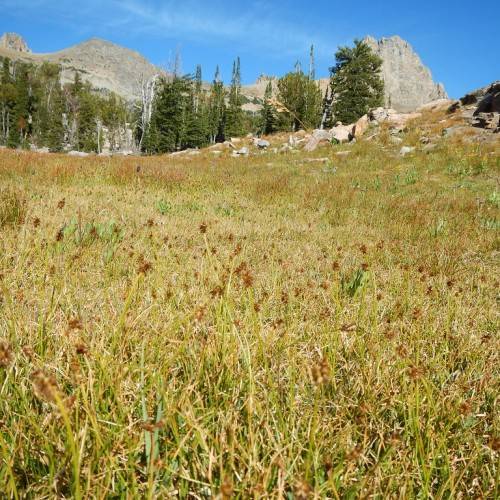
Cusick's Sedge
Carex cusickii
Watering:
Minimal
Hardiness Zone:
Flowers:
Flowers
Sun:
Sun, Partial Shade
Soil:
Sand
Leaf:
Yes
Growth Rate:
High
Drought Tolerant:
Yes
Salt Tolerant:
Yes
watering
Clustered Sedge (Carex cumulata) should be watered once a week with approximately 1 inch of water. The amount of water applied should be determined by soil type. Soil that is sandy will require more water, whereas clay soils will require less. Watering should be done at the base of the plant to enable the roots to fully absorb the moisture. Avoid overhead irrigation, as leaf diseases can develop within the plant structure. In the winter season, the frequency of watering can be reduced and watering should be done only when the soil starts to dry out significantly.
sunlight
Clustered Sedge (Carex cumulata) requires full sun for optimal growth. It should receive at least 6 to 8 hours of direct sunlight each day, especially during the growing season (spring and summer). Hours of sunlight should be monitored during the winter months as the plant may need extra hours of sunlight to remain healthy. In general, Clustered Sedge should receive around 10 hours of sunlight a day, although the exact amount may vary depending on the weather and location. Shade tolerance is low, so it should not be planted in shady areas.
pruning
Clustered Sedge is typically pruned in late winter or early spring before new growth begins. Take care to avoid pruning after the spring growing season has kicked off. When pruning Clustered Sedge, no more than 1/3 of the foliage should be removed. Removing too much foliage can result in damage to the plant as well as a decrease in the number of attractive blooms during the flowering season. Additionally, take care to prune away only the brown foliage. Removing green foliage can cause further damage to the plant.
